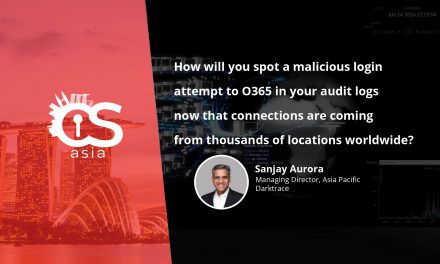According to 800 respondents of a global survey, data seems to point to a “preparedness gap” in tackling sophisticated next-gen threats
Based on a 2024 survey* of more than 800 IT and security executives around the world on cybersecurity trends, one cybersecurity firm has announced some findings from the data.
First, 84% of respondents indicated that AI-powered tools had made phishing and smishing attacks even more difficult to detect. Further, 81% of respondents cited having implemented AI usage policies for employees. Some 77% indicated they were either “extremely” or “very familiar” with best practices for AI security.
Second, 51% of respondents (security leaders group) cited AI-powered attacks as the most serious threat facing their organizations, and 35% felt their organizations were least prepared to combat these attacks, compared to other types of cyber threats.
Other findings
Third, in terms of strategies used to manage the ever-evolving next-gen cyber threats, three were common:
- 51% of respondents (IT leaders) cited incorporating data encryption: This was the most widely cited measure adopted
- 45% of respondents’ organizations were cited as focusing on enhancing their training programs to better prepare employees for the evolving threat landscape.
- 41% of respondents’ organizations were cited as investing in advanced threat detection systems to improve their ability to detect and respond to sophisticated AI-driven threats.
The survey report has concluded: “With AI-powered attacks at the helm, the tools in cybercriminals’ arsenals are growing more sophisticated. As technology continues to advance, fighting evolving threats requires constant adaptation. While the fundamental rules of protecting an organization in the digital landscape remain relevant, organizations should prioritize adoption of solutions that prevent the most prevalent cyberattacks. In addition, integrating these solutions creates a layered security approach that can stand the test of time: restricting unauthorized access and enhancing overall cybersecurity resilience on an ongoing basis.” (adapted for focus)
*no details of the dates and duration, geographical distribution or respondents’ organizational profiles were provided in the official survey report

















